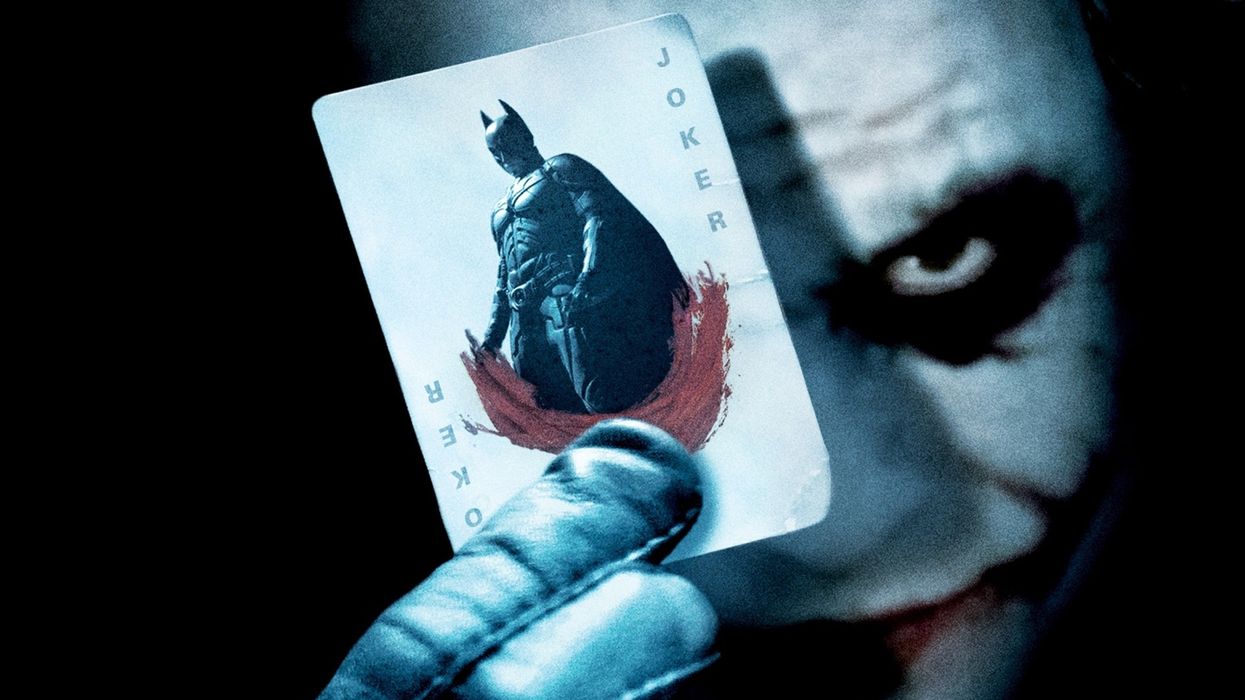How Cinematography Blurs the Lines Between Power & Morality in 'The Dark Knight'
The lines between morality and corruption, order and chaos, power and disenfranchisement have never been so difficult to identify as they were in Christopher Nolan's The Dark Knight — and the film's cinematography does a lot to keep it that way.

Nolan and DP Wally Pfister managed to utilize camera placement, camera movement, and other cinematographic techniques to contribute to the complex and, at times, abstract concepts in The Dark Knight, something Nicholas Dobbie explores in the video essay below:
Some of the major themes explored in The Dark Knight center on several dichotomies, like (as I listed earlier) morality and corruption, order and chaos, and power and disenfranchisement, and Batman and The Joker are the visual representations of these dichotomies. And because the lines between these dichotomies are blurred in the film, Nolan and Pfister had to find ways to also blur the lines between the two title characters cinematically.
The framing in the interrogation scene between Batman and The Joker works to constantly destabilize the balance between good and evil, as well as obscure who is dominant and who is submissive. Dobbie also mentions how Nolan and Pfister play with the conventions of screen direction to muddy the differences between the two, alluding to the possibility that the icon of law and order isn't all that different than the son of complete anarchy. Furthermore, the camera movement, which starts out slow and controlled, becomes frenetic and wild as the conflict and struggle for power between the two characters becomes more intense.
The Dark Knight has so many dimensions to explore — I mean, you could study the cinematography in the interrogation scene alone for weeks and still not even scratch the surface of all the moving parts that make that scene so dynamic. But Dobbie offers a great place to start!
Source: Nicholas Dobbie












